Bittersweet on Bostwick Lane
In this body of work I am coming to terms with loss. I have lost both my father and my mother, yet it’s the suicide of my brother that seeps into my work like a slow forming stain, and has become a stand in for the others. My brother took his own life on his first visit home after severing his spinal cord in a motorcycle accident. What always comes to mind is the first few lines of his suicide note.
I arrived home just about the time the honeysuckle blooms.
Russell was not the sort of person to notice flowers, so I find it really beautiful, and achingly sad at how poetic it was for him to stop and see the beauty around him if only because he knew it would be for the last time.
The last person to see my brother alive was my oldest neighbor, Margaret Daniel. It’s fitting that she has now become my subject and the strongest thread throughout my work. The first time we sat together to make a portrait, she told me the story of Russell’s last day.
I made your brother my home made bread, his favorite . . . I buttered a slice and took it up to him, and he called down, Margaret can I have some more of that bread? He finished the whole loaf, and then me and your mother went for a walk down the lane and when we came back he had shot himself.
Margaret gracefully weaves stories of buttering my brother’s last slice of bread with memories of me as a young girl, wanting to eat her homemade strawberry jelly on my new white bedspread. She laughs as she recalls finding me with fruit all over the bed. Blood and jelly, two very different stains. I thread these stories together, of pain and loss and of the sweetness of childhood memories.
My memories become intertwined with hers as I rediscover my past through her stories. Together, we’ve created a family album of what was once the intangible landscape of my childhood. The work encircles itself as our conversations about native flowers, life and death become the seeds of my photographs. Each time I visit Margaret I enter through the kitchen door, and each time she has a new story to tell which enriches my work like a complex broth. The kitchen and the yard are where we do our fieldwork, as we pick fruit and remove the rotten parts to make a more palatable jelly. This process has become a sort of poetry for me, as I document her showing me how to strain the last remnants of sweetness and color from crabapples, using bandages to catch the pink-stained juice.
One day I remove a piece of Margaret’s bread straight from the oven and I take it home to let it rot. As the decay forms over the surface I photograph it. When I show the picture to Margaret, instead of being mad that I ruined her bread, she excitedly starts naming the types of mold that rest on its surface. One is penicillin which is used to heal. I realize that a project that I thought was about death is actually about healing.
Audio: “Give me flowers while I’m living”
Audio: “Smell the old-fashioned roses”
Audio: Beeswax for sewing and scissors for dissecting
Audio: “Hornet’s nest”
Audio: Trumpet vine and Margaret’s arm
Audio:”Bird picnic”
Audio: “That snake didn’t stand a chance”
Audio: Wild strawberries + white bedspread
Audio: Healing by kerosene
Audio: Cutting bread for open-faced sandwiches


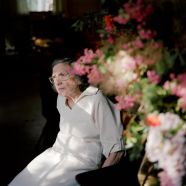





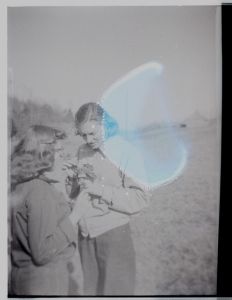
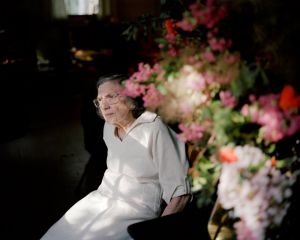
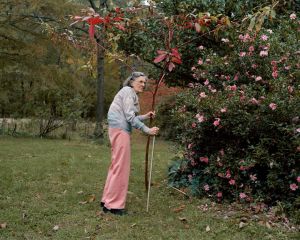
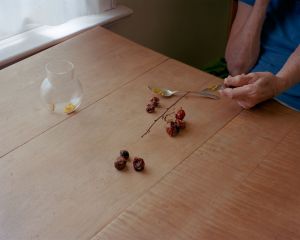
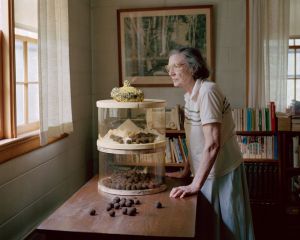
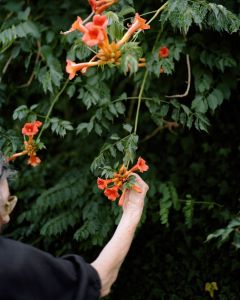
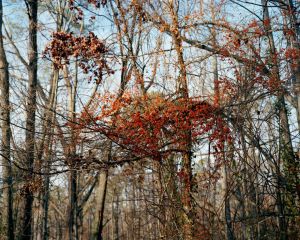
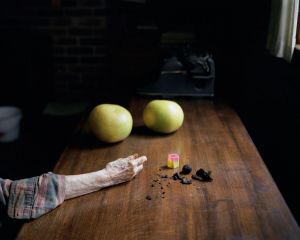
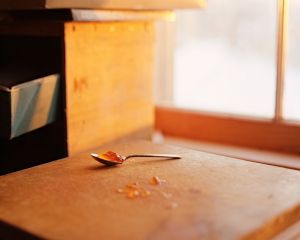
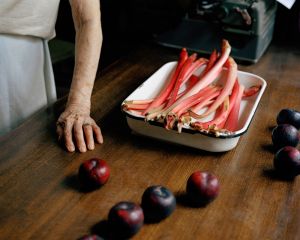
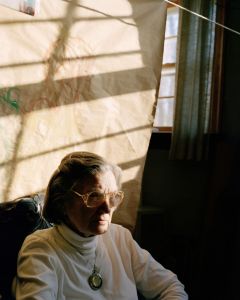
what a beautiful tribute…and that line “I arrived home……” feels straight out of a Faulkner novel…I hope your brother found his peace.